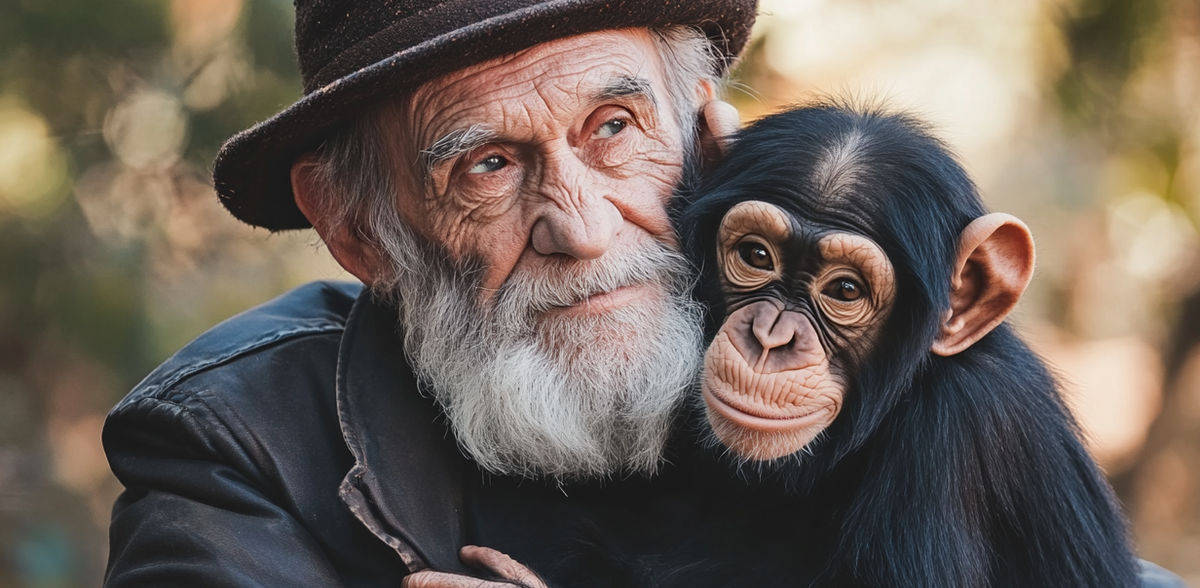Evolutionarily Youngest Brain Regions Age First
"Our findings could contribute to the development of new treatment and prevention approaches for neurodegenerative diseases such as Alzheimer's"
Advertisement
A research team from Forschungszentrum Jülich and Heinrich Heine University Düsseldorf has discovered that the regions of the human brain that have expanded most recently in the course of evolution show the strongest aging effects. This is evident from comparisons with brain ageing in our closest relatives, the chimpanzees. The findings of this study have now been published in the journal Science Advances.
The ageing of the brain is a complex process characterized by the loss of grey matter in various regions. While this process is also observed in chimpanzees, the new research results show that in humans, the brain regions that are particularly affected by age-related changes are those that have recently expanded significantly in the course of evolution. These are primarily areas of the prefrontal cortex, which are responsible for higher cognitive functions such as executive control and working memory - and are enlarged compared to the chimpanzee brain, thus distinguishing us from them. In chimpanzees, on the other hand, the degradation of gray matter is particularly evident in deeper brain regions such as the striatum, a core area of the forebrain that is important for motor functions and the reward system.
The researchers hope that their findings will pave the way for new diagnostic and therapeutic approaches to better understand and mitigate the effects of ageing on the human brain. "Our findings could contribute to the development of new treatment and prevention approaches for neurodegenerative diseases such as Alzheimer's," says Felix Hoffstaedter, a scientist in the Brain and Behavior research field at Forschungszentrum Jülich's Institute of Neuroscience and Medicine.
For the study, the researchers used the world's largest existing data set of high-resolution MRI scans of chimpanzees from the US research initiative National Chimpanzee Brain Resource (NCBR). The human MRI data came from the IXI dataset, a publicly available collection of comparable brain MRI scans. Using a new pattern recognition method called Orthogonal Projective Non-negative Matrix Factorization (OPNMF), they analysed the brain structure of both species. The method made it possible to divide the brain into comparable areas and thus identify differences and similarities in the ageing processes.
Note: This article has been translated using a computer system without human intervention. LUMITOS offers these automatic translations to present a wider range of current news. Since this article has been translated with automatic translation, it is possible that it contains errors in vocabulary, syntax or grammar. The original article in German can be found here.




























































